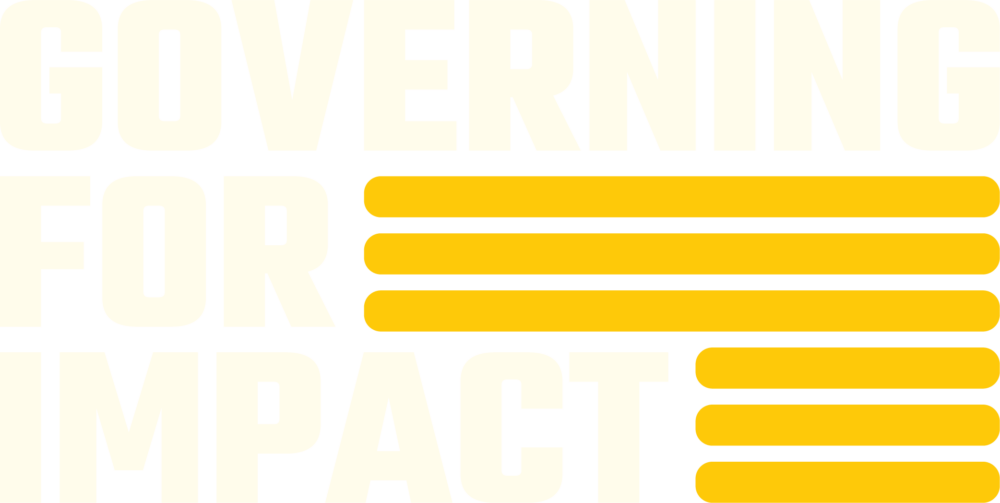The Trump 2.0 approach to deregulation has involved “across-the-board, overarching efforts to kill lots of regulations in one fell swoop,” Richard Revesz, who served as the head of the White House Office of Information and Regulatory Affairs in the Biden administration, said Monday during a webinar hosted by the group Governing for Impact.
Author: Reed Shaw
Notice & Comment: A Victory for Federal Workers in the Fourth Circuit
Federal employees seeking to challenge the Trump Administration’s unprecedented efforts to dismantle federal agencies and decimate the civil service have faced a dilemma. The federal Civil Service Reform Act (CSRA) generally permits employees to contest serious adverse personnel actions only before an administrative body, the Merit Systems Protection Board (MSPB), rather than in federal district court, with eventual judicial review in the Federal Circuit. At the same time, the Trump Administration has removed the MSPB’s former chair, a move the Supreme Court has preliminarily upheld despite MSPB members’ statutory removal protections. Deprived of a quorum, the MSPB cannot adjudicate federal employees’ appeals, and, in many cases, employees will be unable to obtain judicial review.
The New Republic: Meet Elon Musk’s Puppet Master: Russell Vought
Since January, Project 2025 has been (to the extent anything is) the Trump White House’s blueprint for policymaking. A Project 2025 tracker maintained jointly by two nonprofits, the Center for Progressive Reform and Governing for Impact, checks off 31 recommendations just at OMB, which lies (per Graham) “at the heart of Project 2025’s plan to remake the government.”
Notice & Comment: Responding to a Quorumless Merit Systems Protection Board
The Trump Administration, using a range of means, has sought to decimate the federal civil service. That has included efforts to fire probationary employees, initiate large-scale reductions in force at multiple agencies, and place large groups of employees on administrative leave. At the same time, the administration has hampered the Merit Systems Protection Board (MSPB), the agency responsible for adjudicating federal workers’ employment rights, by depriving it of a working quorum—a step that threatens to impede judicial review of the administration’s personnel policies. Nevertheless, federal workers have options, both for seeking relief from a compromised MSPB and for arguing that they should be entitled to vindicate their rights in federal district court instead.
Notice and Comment: Setting the Record Straight on the APA’s “Good Cause” Exception
In defending President Trump’s April 2025 memorandum directing agencies to rescind regulations they deem to be “facially unlawful,” a recent post in this forum misinterprets the scope of the “good cause” exception to the notice-and-comment requirements of the Administrative Procedure Act (APA).
OnLabor: The DOL Cannot Repeal Misclassification Rules Without Reasoned Decisionmaking
On May 1, 2025, the Acting Administrator of the Department of Labor’s Wage and Hour Division published a Field Assistance Bulletin stating that, while the Department is reconsidering its 2024 notice-and-comment rule on “Employee or Independent Contractor Classification Under the Fair Labor Standards Act,” the Division “will no longer apply the 2024 Rule’s analysis when determining employee versus independent contractor status in FLSA investigations.” The Bulletin amounts to an effective repeal of the 2024 Rule, issued without reasoned decisionmaking and notice and comment. Litigants therefore might challenge the Bulletin in court.
Center for Progressive Reform: Project 2025 at 100 Days
Here at the Center, we were among the first to sound the alarm on precisely these risks that Project 2025 — and especially its nearly 1,000-page policy blueprint called Mandate for Leadership — posed. That’s why we joined our colleagues at Governing for Impact in setting up a comprehensive tracker for monitoring the Trump administration’s progress in implementing Project 2025’s recommendations for domestic policy executive actions covering 20 different agencies.
Akron Beacon Journal: Trump distanced himself from Project 2025. Now, he’s embracing it
The Center for Progressive Reform, which compiled a list of all the executive branch policies proposed in the conservative playbook, found the Trump administration has attempted or completed 153 of the 532 policies tracked as of April 15.
Challenging Non-Enforcement
This Issue Brief outlines how litigants might challenge the Trump administration’s potential
non-enforcement efforts. It first explains why two cases often thought to make nonenforcement challenges more difficult—Heckler v. Chaney and United States v. Texas—in
fact leave substantial room to challenge categorical non-enforcement directives. It then
walks through how litigants might frame such challenges, focusing on how litigants might
identify a challengeable action, how they might demonstrate standing, what legal claims
they might assert, and which remedies they might be able to seek. Finally, it identifies how
litigants might challenge other types of decisions related to non-enforcement, including
efforts to delay federal rules, refusals to engage in rulemaking, and failures to take
statutorily required actions.
The Guardian: Trump 100 days: White House action plan makes Project 2025 look mild
Will Dobbs-Allsopp, policy director of Governing for Impact, and James Goodwin, policy director at the Center for Progressive Reform, have publicly tracked the executive actions suggested for 20 different agencies in Project 2025 as Trump has carried some of them out. Of the 532 proposals in the project that fall under these actions, Trump has already proposed, attempted or completed 153 of them – about 29%.
